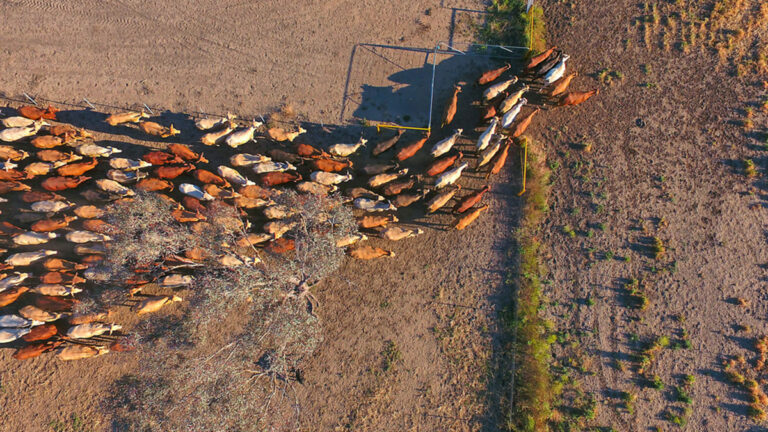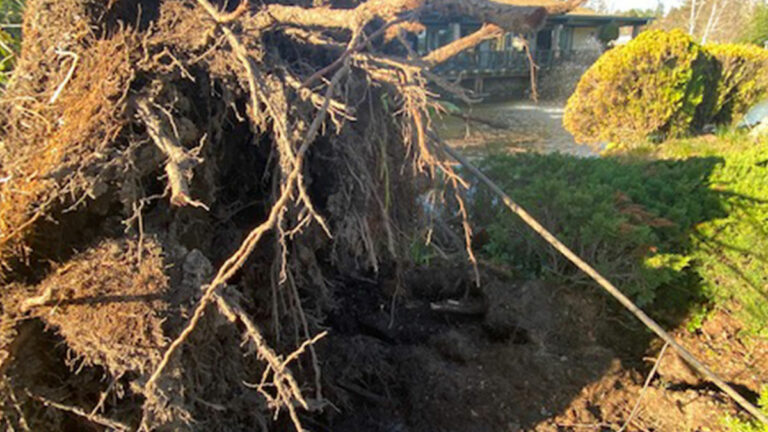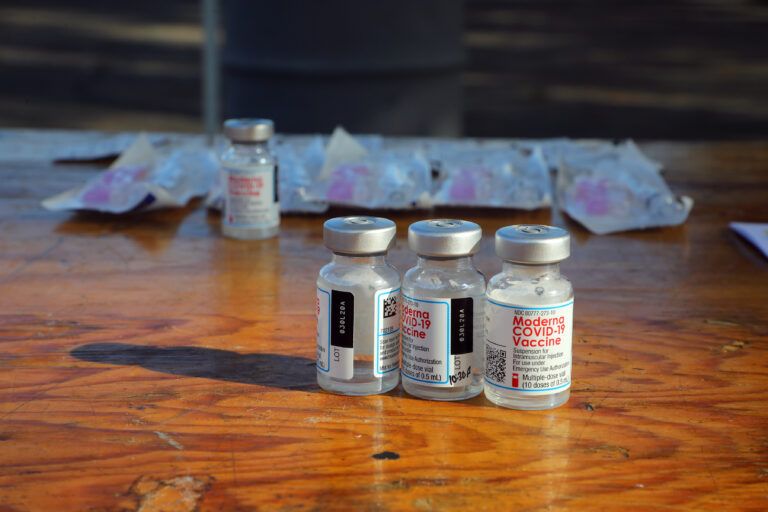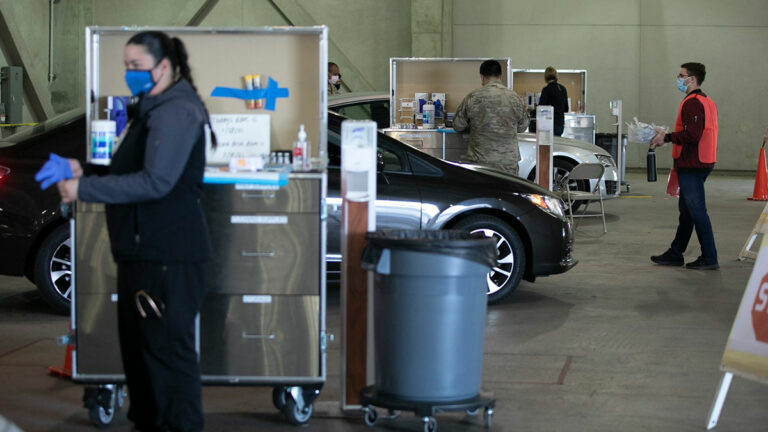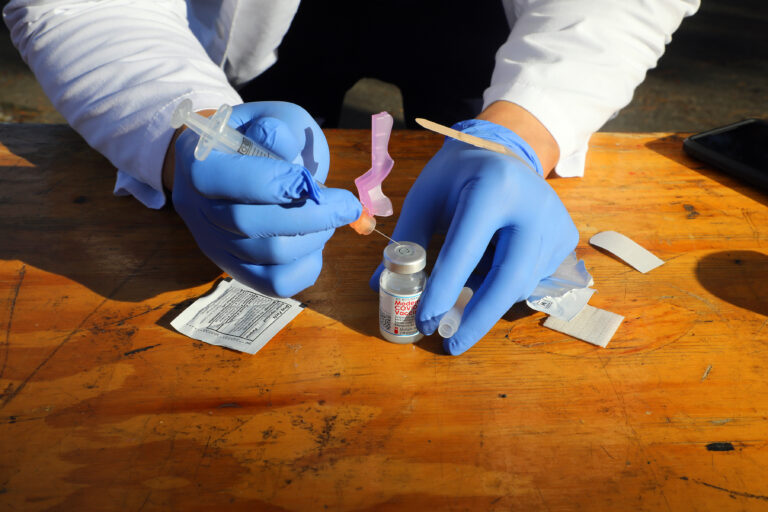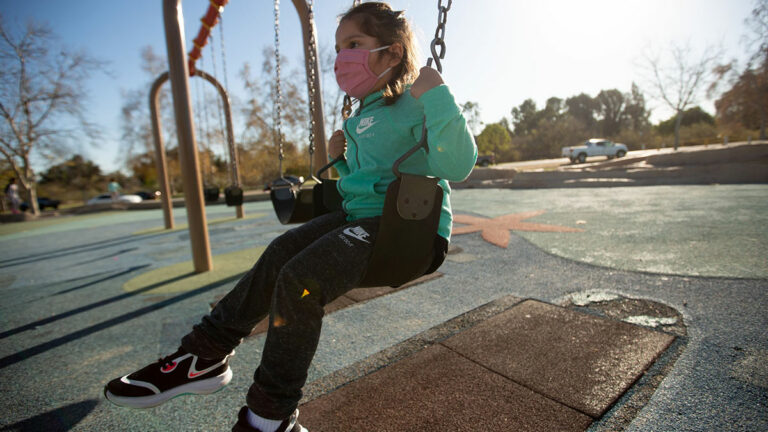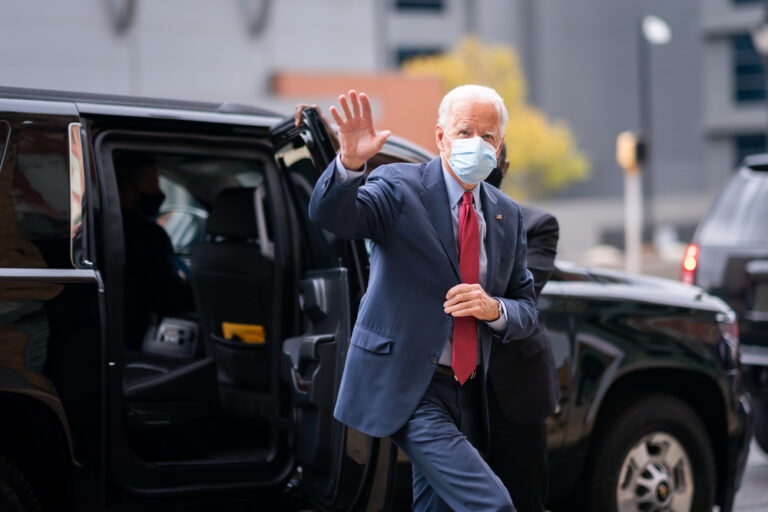Lea este artículo en español.
At least seven California children have died from COVID-19 since the pandemic began, more than 350,000 kids have tested positive for the virus and the number of youngsters diagnosed with a new, rare inflammatory syndrome continues to spread.
All of these stats are on the rise just as a new highly contagious strain of the virus is worrying parents and experts alike and as the state tries to move toward reopening schools next month.
“We are at a critical time because the overall number of cases of COVID are increasing so much,” said Dr. Jackie Szmuszkovicz, pediatric cardiologist at Children’s Hospital Los Angeles. “We are seeing more children with MIS-C the last few weeks following that big increase (of cases) in the community.”
MIS-C, or Multi-system Inflammatory Syndrome in Children, is the name of a new inflammatory syndrome that afflicts a small number of kids three to six weeks after they experienced coronavirus, even if they had mild or no symptoms at all.
While children have been spared some of the worst effects of the coronavirus and the high death toll seen among adults, the youngest Californians are still at-risk, especially given the current surge. Kids usually experience mild to no symptoms of the infection but it’s what happens to a small number of them a few weeks afterward that has doctors worried. Pediatric doctors are preparing for a wave of inflammatory syndrome cases three to six weeks after the current surge especially with the new more transmissible variant, said Szmuszkovicz.
Kids do get sick
Although severe COVID-19 has been uncommon in kids, there has been a tiny uptick in more serious cases recently, said Dr. Erica Lawson, a pediatric rheumatologist at UCSF Benioff Children’s Hospital San Francisco.
“We are seeing more kids on the far end of the curve, who are sick enough to be admitted,” she said. “It’s because of the higher numbers in the community. If you have a prevalence in the community the more cases you have the more severe cases you will have.”
Dr. Behnoosh Afghani, a pediatric infectious disease expert at UCI Health in Orange County, hopes that the spread of the vaccine will start to decrease the number of infections in adults and therefore also contribute to fewer infections among children. While children under 16 cannot be vaccinated, if more adults around them are vaccinated it will increase protection for children, she said.
California’s Department of Public Health reports that at least six minors have died from COVID-19 since the pandemic began. At least one more child has died in Southern California at Children’s Hospital Los Angeles that has not yet made the state’s count.
The state does not identify which of the children had the inflammatory syndrome and how many had COVID-19 at the time of their death. It is also not releasing information about where they lived or their ages, although there has been a confirmed death in Orange County, one in the Central Valley and two in Los Angeles.
A rare post-COVID syndrome is affecting kids
MIS-C, the rare inflammatory syndrome, was discovered last year in children who had previously had coronavirus. Originally it was thought to be Kawasaki disease, a post-infection syndrome that afflicts young children, but physicians connected the new syndrome to COVID-19. It is marked by overwhelming inflammation in the body that sometimes impacts major organs and can lead to heart failure. Children develop a fever, some have abdominal pain, vomiting or diarrhea, rash, are severely fatigued and have red eyes.
So far, 176 children in California have been diagnosed with the inflammatory syndrome.
“These kids develop a lot of inflammation in their bloodstream and could have multiple organ systems affected, including the heart,” said Lawson. The San Francisco hospital and its campus in Oakland have treated about 20 children so far with the syndrome but have had no deaths, she said. Most of the children have been Latino.
Statewide, Latino kids account for 64% of COVID-19 cases among kids under 18 where race and ethnicity is known, but make up only 48% of the state’s children, according to the state Department of Public Health.
Lawson reasons that the child cases reflect what is going on with adults. In California, Latinos account for 54% of cases among adults. They are most often essential workers — like drivers, restaurant cooks and grocery workers — and sometimes live together in crowded conditions with extended family members or other family groups where it is difficult to isolate.
Nationally, racial and ethnic trend lines among children are also mirroring adults, according to the Centers for Disease Control and Prevention. The majority of children in the U.S. who have been diagnosed with the infection and the inflammatory syndrome have been Latino or Black.
As of Jan. 8 there were 1,659 cases of MIS-C in the U.S. among kids and 26 deaths. The average age is 8 and more than 70% of the cases occurred in Latino or Black children, according to the federal agency.
Pediatric experts advise parents to be on the lookout for the signs of MIS-C a few weeks after their children or they are sick with the virus. Some families may not realize their children had the virus until they show signs of the syndrome, said Szmuszkovicz.
“We really want to encourage people not to delay care because we are seeing earlier treatment leads to the best outcomes,” she said. “In some cases, the syndrome can, in its most severe form, affect the heart function and cause coronary aneurism.”
Children’s Hospital Los Angeles has cared for the largest bunch of afflicted kids — at least 51 so far — ranging in age from 4 months to 17. Two children have died, one in December and one in January, according to the hospital. The hospital would not release any other information on the children due to patient privacy.
Treatment for MIS-C appears to work well if administered early on, she said. Most children get IV fluids and others also need medication like steroids and intravenous immunoglobulin, while some go on to need respiratory support, from oxygen to a ventilator.
In Los Angeles, Alexis Winter has been keeping an extra close eye on her two young daughters. Her whole family, including her 3-year-old and 14-month-old, had COVID-19 last month.
“It’s terrifying and I try not to obsess over it,” Winter said, noting her children are nearly at the one-month mark since their infections.
She said she doesn’t know how the family got the infection and that they had been very careful not to interact with others because Winters is high-risk.
It started with her husband and then Winter and the children got sick. Her daughter, 3, threw up in bed and didn’t feel well the next day. Then her baby was super fussy and had a raspy voice. Neither of the girls had a fever, she said.
“For the kids, the complications are not worth the risk,” she said. “If I could go back in time and figure out what happened, I would. Because it’s scary to know they had the virus and were exposed to it.”
Is the new variant more dangerous for kids?
As more kids get the virus, pediatric doctors are carefully looking for the new, more transmissible variant first found in the United Kingdom. The variant, known as B117, landed in California last month and one study suggests that it is more contagious and affects younger people. But officials at the Imperial College that published the study said more research is needed.
Meanwhile, a second variant, this one originating in Denmark, has also been found to be responsible for an outbreak in the Bay Area in recent days. There is little information about the Denmark variant and children.
Pediatric doctors say even if the new U.K. variant doesn’t affect kids the way it does adults, they expect more children will still get sick.
“If it is more contagious in general, then more children will also get it,” Lawson said. “Kids do get COVID — they just don’t get very ill. If the new strain is more transmissible in humans then it’s highly likely that more kids would get it.”
And that means more cases of the inflammatory syndrome a few weeks down the road, Szmuszkovicz said.
“We have to be open minded and very vigilant and be ready for anything that comes,” she said.
The U.K. variant emerged in the Golden State right around the time Gov. Gavin Newsom announced incentives to get elementary schoolers back on campus by February.
Is this the time for school to reopen?
Afghani of UCI Health said returning to school is critical for the health of children, but “at the same time we have to be cautious until we see a marked decrease in the incidence of the disease.”
Lawson said school is important and points to schools that have remained open or reopened with safety procedures in place.
“Kids are really suffering at home and families are suffering without the ability of kids to go to school,” she said. “I think for the health of our communities, mental health of our children and the priorities of parents it can be done and should be done safely.”
But, she acknowledged that if the new strain causes outbreaks among kids then things would need to change again.
When the state does make the determination that kids can go back to school, Szmuszkovicz said, everyone has to follow the rules.
“All of us want kids back together with other kids and learning in school,” Dr. Jackie said. “How we are going to get to that point safely is by each of us individually doing what we can do to stop the spread of COVID in the community.”
Gian Schwehr, a mother in Los Angeles, said she isn’t sure if she would send her 10-year-old son back to school even though the family had COVID-19 over Christmas. His symptoms lasted about 24 hours.
Schwehr said even though her son had the virus already she doesn’t want to put him in a situation where he might be around others who have it, especially if the new variant makes it easier for kids to get it.
“I’d have to think about it,” she said. “If he hadn’t had it I would not send him. There’s definitely no easy choice.”
An earlier version of this story incorrectly stated the timing of some of the deaths at Children’s Hospital Los Angeles.
CalMatters coverage of early childhood issues is supported by grants from First 5 Los Angeles and The Ralph M. Parsons Foundation.
CalMatters.org is a nonprofit, nonpartisan media venture explaining California policies and politics.




